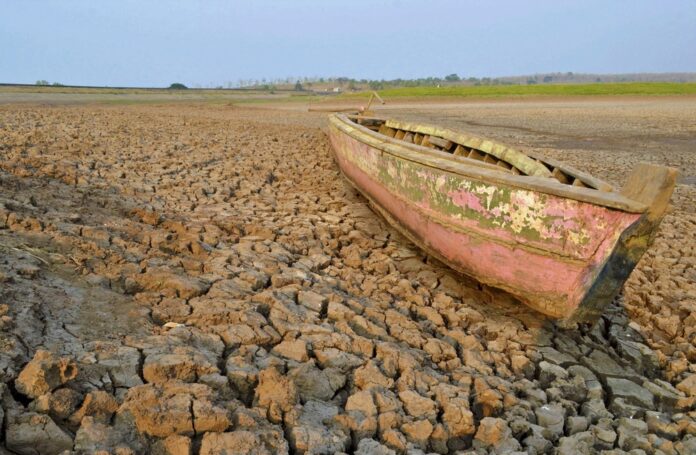The Department of Agriculture (DA) said a weak or moderate El Niño may have allowed certain crops to post rising yield for certain crops, especially in water-sufficient rice areas, but said the Philippine Rice Research Institute (PhilRice) is nevertheless crafting El Niño risk maps to help manage the destructive impact of the feared weather phenomenon.
Leocadio Sebastian, DA undersecretary for rice industry development, said El Niño preceded by normal or above-normal rain allows water reservoirs to stock enough water for irrigation and the warm weather allows for higher palay harvests and better mill recovery from better quality harvests.
He said when El Niño proved weak to moderate, such as those occurred in 2002, 2004 and 2007, this led to increased production while the weak El Niño of 2019 caused declines in output in non-irrigated areas although production in irrigated rice fields increased.
Given the historical background, Sebastian said farmers are told to optimize production in irrigated areas and diversify crops in areas seen to suffer from water deficits, such as those in water-deficient areas at the tail end of irrigation systems and in rainfed areas.
The DA said seven El Niño episodes have thus far visited the country since 2000, particularly in the years 2002, 2004, 2007, 2010, 2015 and 2016 and 2019.
Data from the Philippine Statistics Authority in 2001 show palay production of 12.95 million metric tons (MT) which rose to 13.27 MMT in 2002, then 13.50 MMT in 2003 and to 14.5 MMT in 2004, 15.33 MMT in 2006 and finally to 16.24 MMT in 2007.
The DA said production declined to 15.77 MMT in 2010 from 16.27 million MT in 2009 as rice production stood at 18.97 MMT in 2014 before dipping again to 18.15 MMT in 2015 and sliding even more to 17.63 MMT in 2016.
Production recovered after the 2015 to 2016 El Nino episode to 19.28 MMT in 2017, dropped again in 2019 to 18.81 MMT but recovered to 19.29 MMT in 2020.
The Philippine Atmospheric Geophysical and Astronomical Services Administration (Pagasa) has forecast moderate to strong El Niño later this year but ruled out a doomsday scenario for the rice sector. Sebastian noted rainfall and water reserves accumulating in dams and reservoirs are believed sufficient for the 2024 dry season.
He also said the risk maps being crafted by PhilRice would detail areas likely hit again by El Niño given its cyclical and recurring aberration to help determine a planting calendar that minimizes its adverse effects.
Areas likely hit by the dry spell should guide local governments and regional field offices craft the kind of interventions that would be needed.
Karen Barroga, PhilRice deputy director for development, also said they have disseminated satellite-based data of the rice areas and potential production and yield to local government units and the DA regional field offices so that farmers are adequately guided in adjusting their cropping calendars and the appropriate interventions available.
Barroga said the data relate to weather patterns obtained and analyzed by the Philippine Rice Information System (PRISM) for local government units and their extension workers and the various regional field officers to adequately guide farmers on seed varieties to plant based on available water supply.
The PRISM is a project funded by the Bureau of Agricultural Research and the International Rice Research Institute.
In the past, satellite data has helped time schedules so that crops are spared from calamities like destructive typhoons.







